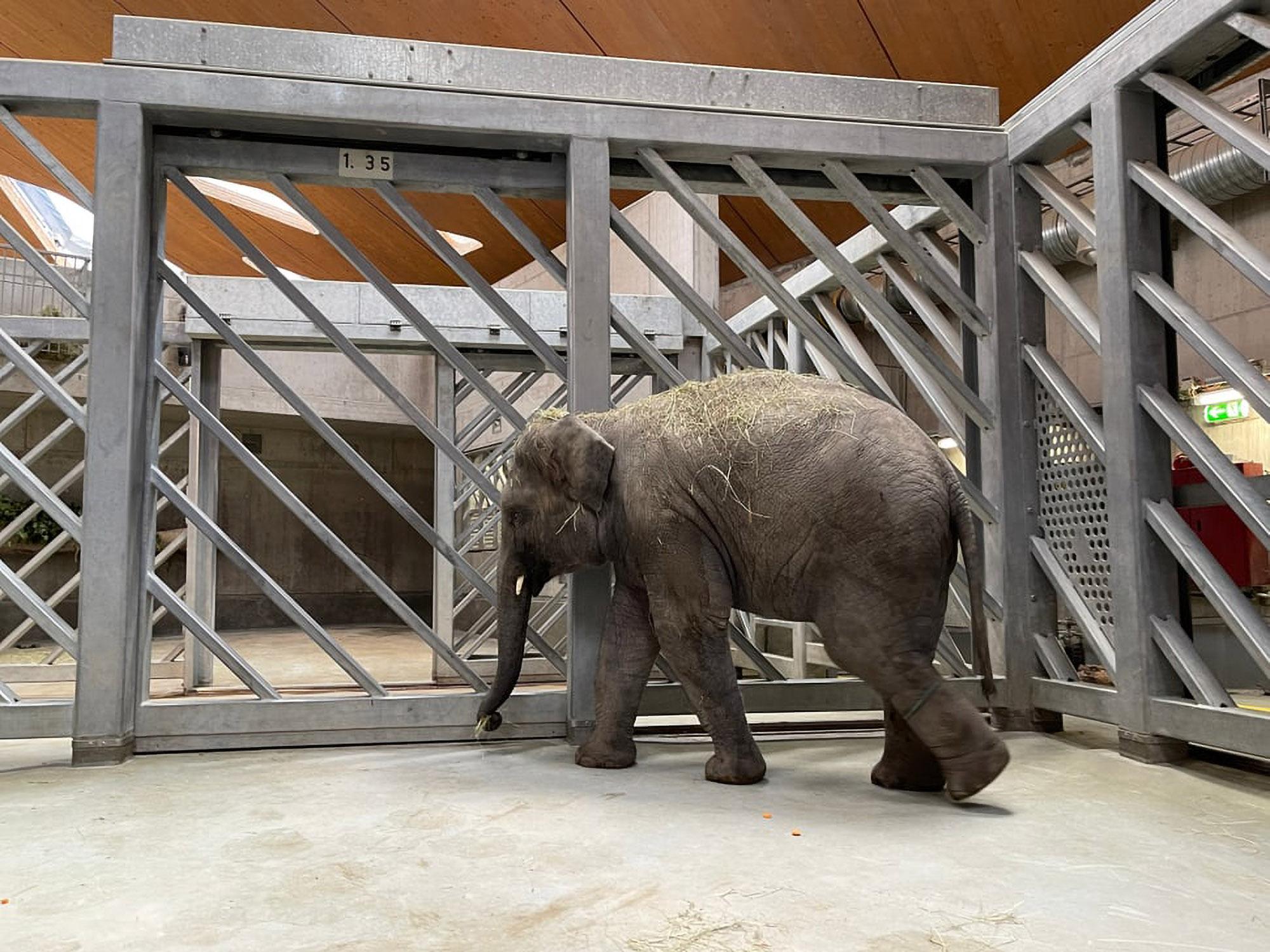Delighted scientists have discovered large pods of rare fin whales feeding together in Antarctica for the first time in nearly 50 years.
After commercial whaling was banned in 1976, it appears that the species is on a rebound, as this footage appears to show.
The Alfred Wegener Institute for Polar and Marine Research (AWI), in the northern German port city of Bremerhaven, said on Thursday, 7th July: “After blue whales, fin whales are the largest whales in the world – and human beings have hunted both species to near-extinction.”

They added: “After the ban on commercial whaling in 1976, the stocks of these long-lived, but slow-growing creatures are rebounding: in the journal Scientific Reports, researchers and filmmakers jointly present videos and photos of large groups of up to 150 southern fin whales in their historical feeding areas – more than has ever been documented before using modern methods.
“Given these whales’ key role in nutrient recycling, other species in the Antarctic ecosystem, like the krill, could also benefit from their rebounding numbers.”
Professor Bettina Meyer, who is a biologist at the AWI and a co-author of the study, said: “I’d never seen so many whales in one place before and was absolutely fascinated watching these massive groups feed.”

Meyer led an expedition from March to May 2018, with the famous research icebreaker Polarstern, in the Antarctic Peninsula region. They saw groups of 50 to 70 fin whales (Balaenoptera physalus quoyi).
The expedition was investigating the effects that climate change is having on Antarctic krill, an important source of food for whales and other marine animals.
Dr Helena Herr, a biologist at University of Hamburg and a guest scientist at the AWI, led a team on helicopter flights along with a BBC camera crew, to observe the whales.

The AWI statement said: “On 22 flights, the team covered a total of 3251 kilometres and counted 100 groups of fin whales, consisting of one to four whales each. In addition, the whale research team kept watch on deck – and spotted a group of ca. 50 southern fin whales near Elephant Island in the Weddell Sea off the Antarctic Peninsula, and later more than 70 in the same spot.”
Meyer said: “I ran straight to our monitor, which uses acoustic measuring methods to show the presence and size of krill swarms in the water.”
She added: “And based on the data, we were able to identify the swarms and even see how the whales hunted them.”

The AWI statement explained: “But the whales not only eat the krill; they also benefit them: whale excrement fertilises the ocean, since the nutrients it contains – like iron, which is comparatively sparse in the Antarctic – are essential for the growth of phytoplankton (microalgae) in the water. In turn, phytoplankton is a food source for the krill.”
Meyer said: “When the whale population grows, the animals recycle more nutrients, increasing the productivity of the Southern Ocean. This boosts the growth of algae, which for their part absorb carbon dioxide from the atmosphere through photosynthesis, reducing the atmospheric CO2 concentration.”
And one year after that, the research team reportedly observed up to 150 fin whales. The AWI statement said: “The recovery of the fin whale stocks seems to be a trend: one year after the Polarstern expedition, the whale research team and the BBC returned to Elephant Island with a chartered ship and observed up to 150 animals.”

Meyer said: “Even if we still don’t know the total number of fin whales in the Antarctic, due to the lack of simultaneous observations, this could be a good sign that, nearly 50 years after the ban on commercial whaling, the fin whale population in the Antarctic is rebounding.”
Fin whales are listed as ‘vulnerable’ on the International Union for Conservation of Nature’s (IUCN) Red List of Threatened Species.








